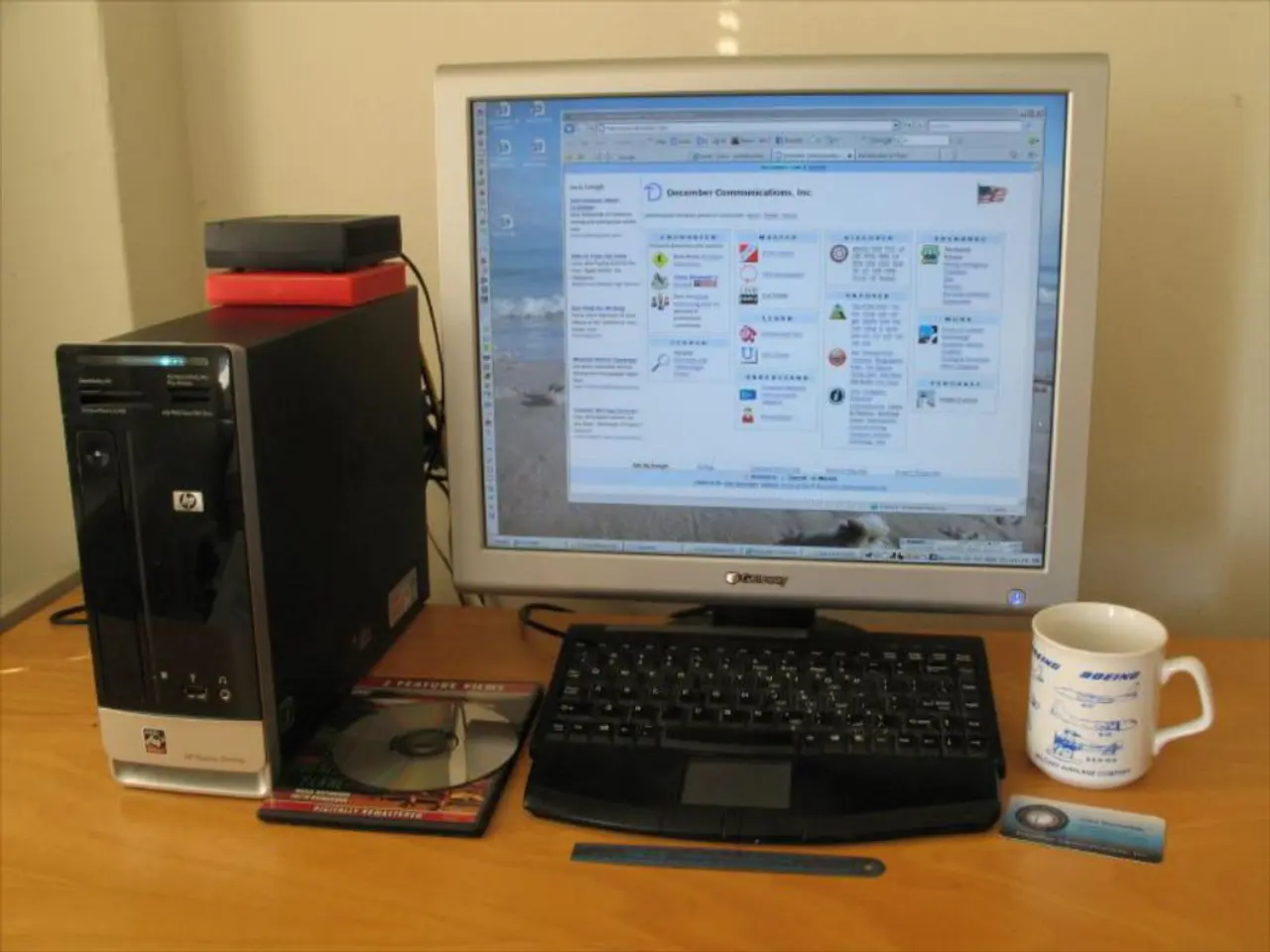Guide to Using Process Monitor (ProcMon)
Process Monitor, a Windows monitoring tool, offers a comprehensive view of live file, Registry, and process/thread activity. Originally created in 1996 by Winternals Software and now owned by Microsoft, ProcMon is part of the Windows Sysinternals suite, a collection of utilities for managing, diagnosing, troubleshooting, and monitoring Windows systems.
Launching ProcMon with Administrative Privileges
To ensure ProcMon has full access to observe Registry and file system operations, it should be run from an elevated command prompt.
Setting Up Filters for Registry Activity
In ProcMon, open the Filter dialog (Filter > Filter...) and add filters to capture only Registry-related events. Set the "Operation" to "RegSetValue", "RegCreateKey", or other Registry write types. Optionally, filter by Process Name to narrow down to a specific program modifying the Registry.
Starting and Stopping Captures
Begin the capture in ProcMon (Capture > Capture Events or Ctrl+E) and perform or reproduce the actions expected to modify the Registry. After the activity, stop the capture (Capture > Capture Events or Ctrl+E again).
Analyzing Registry Modifications
Review the Registry modification events, looking for Operation types like RegSetValue, RegDeleteValue, RegCreateKey, RegDeleteKey. Examine the "Path" column for the exact Registry keys affected, and review the "Detail" or "Data" column showing new values or data written. Check the "Process Name" to know which application made the change.
Utilizing Highlight and Search Features
Use features like "Find" to locate specific keys or values changed, and apply highlighting to spot suspicious or unexpected Registry changes.
Cross-Referencing with Other Data
Cross-reference ProcMon results with Windows Event Logs or security alerts to detect persistence mechanisms or malicious Registry modifications, such as Registry Run keys for startup persistence.
By following these steps, you can use ProcMon to detect Registry changes dynamically, understand which processes performed them, and what values were modified. This aids malware analysis, system troubleshooting, or security investigation.
Additional Notes
ProcMon records Registry operations in real-time, making it ideal for dynamic analysis of Registry changes. You can save ProcMon logs for offline review or scripting further analysis. For complex or stealthy modifications, complement ProcMon with other logging (e.g., Windows Security Event Logs or Sysmon) as some advanced attack techniques may avoid straightforward Registry editing tools.
ProcMon can trace events during logoff, shutdown, startup, and login. With its powerful capabilities, ProcMon is a valuable tool for analysts to pinpoint Registry value changes on Windows systems.
A solutions architect specializing in data-and-cloud-computing technologies could use ProcMon as a powerful tool for analyzing Registry modifications in a Windows system, as the tool offers comprehensive insight into live file, Registry, and process/thread activity. Furthermore, to optimize ProcMon's results for Registry analysis, administrators can utilize its filters and highlighting features, enabling them to cross-reference findings with other logs such as Windows Event Logs or security alerts for a more thorough investigation.




